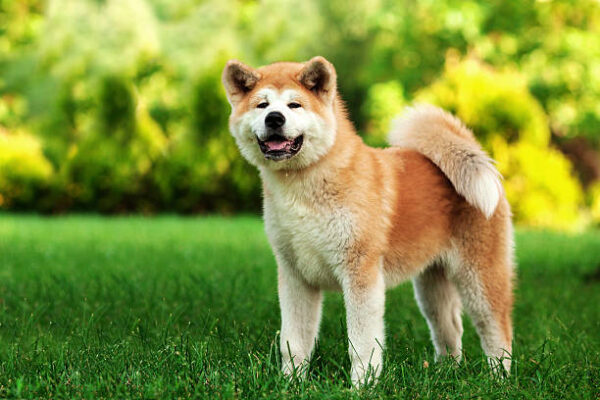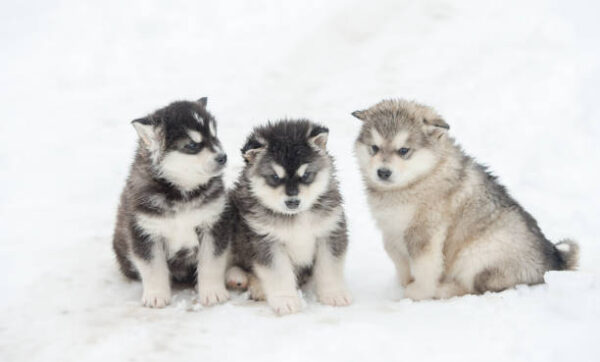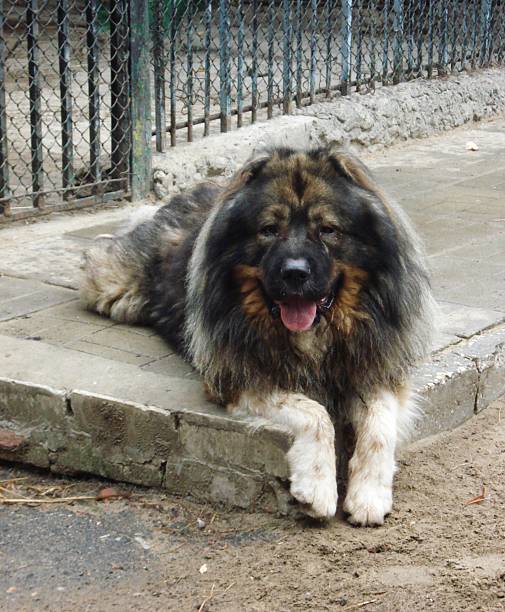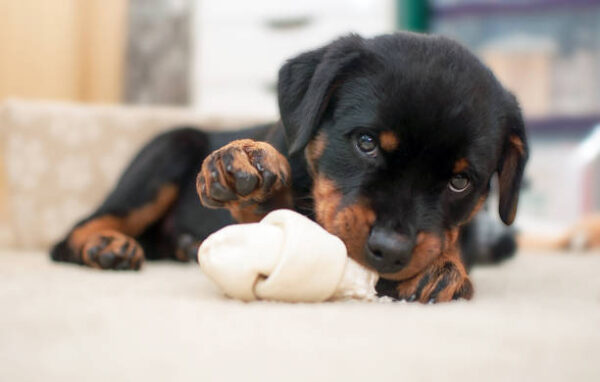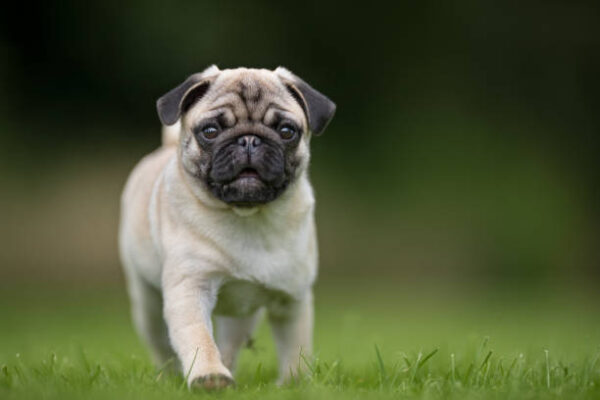Your cart is currently empty!
Cirneco Dell’Etna
Cirneco Dell’Etna Cirneco Dell’Etna: Whether youre thinking of buying a puppy, or breeding from your dog, its essential that you know what health issues may be found in your breed. To tackle these issues we advise that breeders use DNA tests, screening schemes and inbreeding coefficient calculators to help breed the healthiest dogs possible. General […]
Description
Cirneco Dell’Etna
Cirneco Dell’Etna: Whether youre thinking of buying a puppy, or breeding from your dog, its essential that you know what health issues may be found in your breed. To tackle these issues we advise that breeders use DNA tests, screening schemes and inbreeding coefficient calculators to help breed the healthiest dogs possible.
General appearance of Cirneco Dell’Etna
Medium sized hunting dog. Elegant, slender build, but strong and robust. Alert, upright ears. Long limbed, of light construction and square outline.
Characteristics of Cirneco Dell’Etna
A keen hunter. Adaptable to difficult terrain. Hunts by scent, sight and hearing.
Temperament of Cirneco Dell’Etna
Strong, lively, independent temperament. Gentle and affectionate.
Head and skull of Cirneco Dell’Etna
Skull moderately narrow, in profile almost flat. Top of skull and foreface parallel or slightly divergent. Foreface lean and well chiselled. Slight stop. Flat cheeks. Length of muzzle equal to or only slightly less than length of skull. Bridge of nose straight. Nose rather large, flesh coloured, blending with coat.
Eyes
Relatively small, oval in shape, semi-lateral position. Amber or ochre, blending with coat colour. Eye rim pigmentation matching nose.
Ears
Set very high and close together, erect, rigid and parallel when alert. Triangular shape with narrow tip. Length not more than half the head.
Mouth
Perfect, regular and complete scissor bite i.e. upper teeth closely overlapping lower teeth and set square to jaws. Lower jaw not prominent. Thin, taut lips.
Neck
Strong, clean, well arched and muscular. Set well into shoulders.
Forequarters
Shoulders strong, long, moderately laid back. Length of upper arm slightly less than length of shoulder. Forelegs straight and parallel when viewed from the front. Elbows well tucked in. Pasterns strong and slightly sloping.
Body
Length from point of shoulder to point of buttock equal to height at withers. Straight topline sloping from withers towards croup. Croup has flat profile, sloping steeply downwards to root of tail. Chest reaches to, or nearly to, the elbow, without going beyond. Ribs slightly sprung, rather narrow without being flat. Clean, gently rising underline, without excessive tuck up.
Hindquarters
Strong and muscular. Moderate bend of stifle. Broad, long, upper thigh with flat muscles. Well developed second thigh. Limbs parallel when viewed from behind.
Feet
Strong, well knuckled, firm, slightly oval, turning neither in nor out. Well padded. Nails brown or flesh coloured.
Tail
Low set, fairly thick at base, reaching to point of hock. Of equal thickness for most of its length. Carried high and gently curved but never over the back, when dog is in action; in repose the tail hangs down in a gentle curve. Hair on tail is slightly longer than on body, but not feathered.
Gait/movement
Springy trot without excessive extension. Viewed from behind, hind legs track the forelegs. Tendency to throw feet sideways or hackney action undesirable.
Coat
Short on head, ears and legs. Short to moderate length (2.5 cms (1in)) on body, but sleek and close, ranging from fine to slightly harsh. No feathering.
Colour
Self-coloured. Light to dark tan. Tan with a mixture of slightly lighter and darker hairs allowed. White markings allowed on chest, toes, head, foreface and tip of tail. Pigmentation in keeping with coat colour. Deep mahogany colour undesirable.
Size
Ideal height at shoulder : Dogs 46-50 cms (18 ¼ – 19 ½ ins); Bitches 44-48 cms (17 ¼ – 19 ins).
Faults of Cirneco Dell’Etna
Any departure from the foregoing points should be considered a fault and the seriousness with which the fault should be regarded should be in exact proportion to its degree and its effect upon the health and welfare of the dog and on the dogs ability to perform its traditional work.
Note
Male animals should have two apparently normal testicles fully descended into the scrotum.

